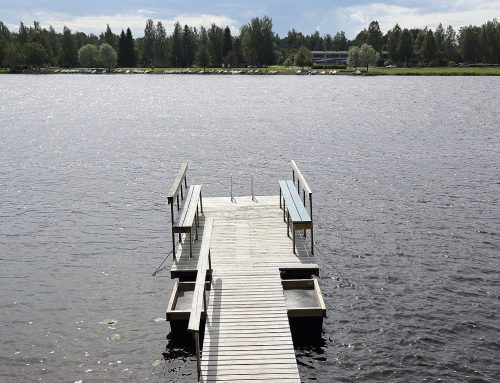For those countries with high standards of living, infrastructure plays a major part in allowing that standard of living. For developing countries, infrastructure is a critical element in improving quality of life. However, improvements to infrastructure—and the associated standard of living—come with a price. Creating better, bigger, and more infrastructure requires making some accommodations, including through the occasional involuntary acquisition of property. The right-of-way profession frequently bears the brunt of public frustration over this necessary sacrifice. Right-of-way professionals help provide services that the public demands, and then often suffer public and/or personal backlash when property is acquired or the project moves into construction.
It would be beneficial to all involved, from the agencies building the infrastructure down to every displaced landowner, if the process were more transparent and better understood. Unfortunately, major media focus on the negative, i.e. “if it bleeds it leads.” They omit facts to heighten public interest and rarely if ever explain the right of way process. They often imply, and even sometimes directly state, that the property is being “stolen” by eminent domain, when people familiar with the process know that the property is not being stolen in any way shape or form.
This blog is dedicated to observing and commenting on issues and developments within the right-of -way industry and providing an objective presentation of a condemning authority’s perspective on timely topics. We hope that readers can better understand the scope of interests at play, as well as the conflicts which result, without villainizing any of the participants. A better understanding benefits us all.



Leave A Comment